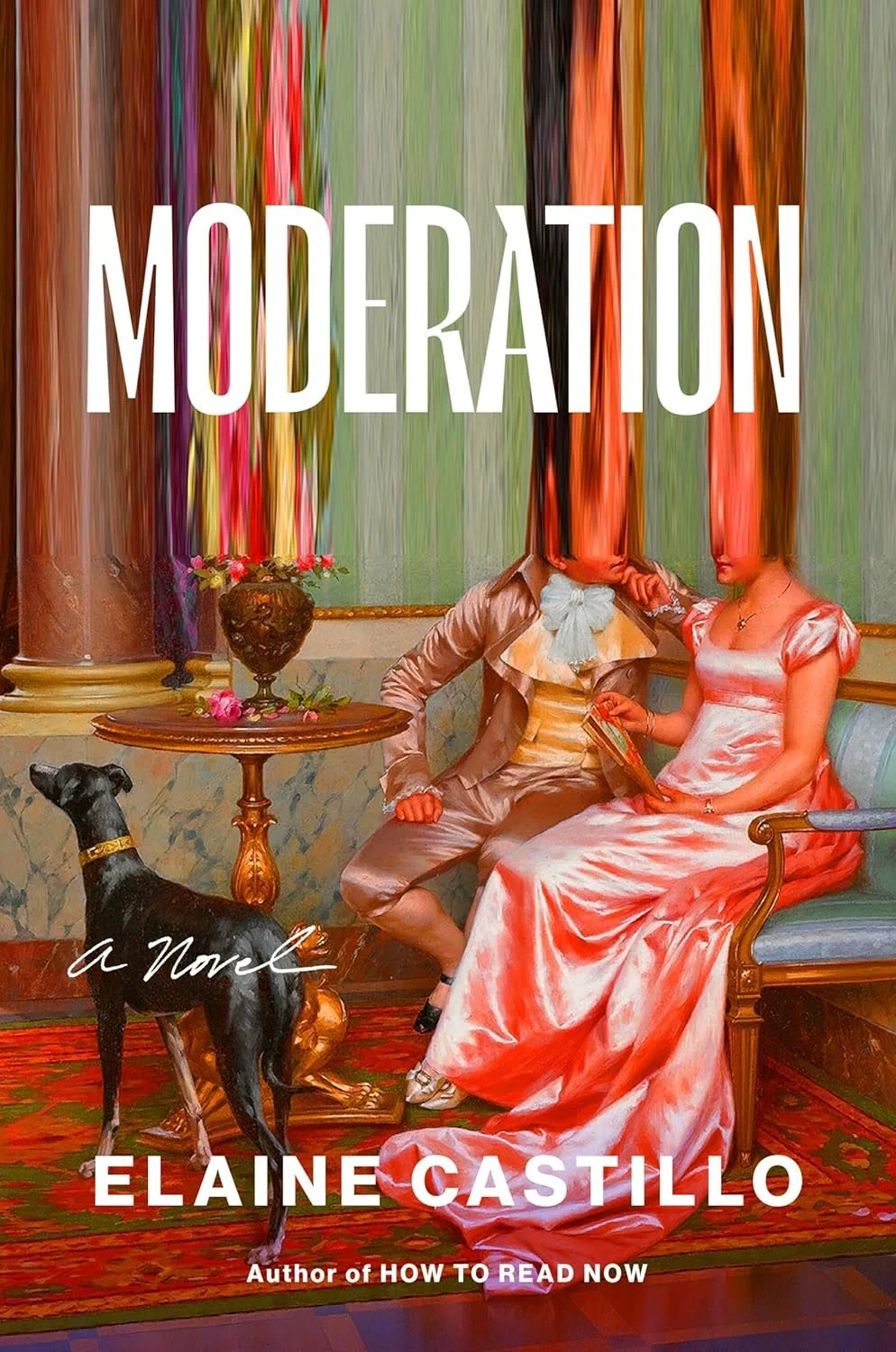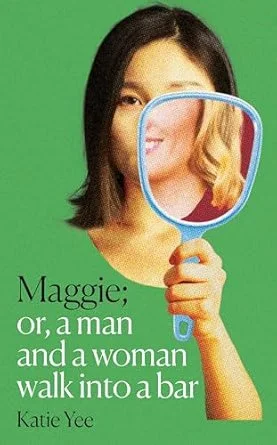The Mill House Murders, Yukito Ayatsuji
‘This the very definition of a closed room murder mystery. An isolated house, a storm raging outside, and a collected, limited group of suspects. There are hints and clues left, often fleetingly.’
On a September evening in 1985, in a house set alone in the Japanese countryside, guests gather to join their reluctant host. Wheelchair-bound Fujinuma Kiichi, who lives with his wife and two servants, is hiding from the world, just as he hides his scarred face from everyone behind a white mask. These guests stay once a year in order to see the works of Kiichi's father but, on this occasion, death follows.
First, the housekeeper falls to her death, and then a painting is stolen and two of the guests disappear. One is found later that night, having been set alight in the house's incinerator; the other is never seen again. One year later, the remaining guests gather once again to see the art collection, only this time, a stranger is present. Kiyoshi Shimada has joined the group to find out the truth about the disappearance of his friend, Furukawa Tsuenhito – the man believed to have committed the previous murders and theft.
This the very definition of a closed room murder mystery. An isolated house, a storm raging outside, and a collected, limited group of suspects. There are hints and clues left, often fleetingly. There is the sense that all is not as it seems. The characters are also all somewhat unusual: Mitamura, an arrogant doctor; Mori, an idiosyncratic professor; Oishi, a bothersome art collector; the taciturn butler, Kuramoto, and the teenage bride of the host, Yurie, who has lived with Kiichi for nearly half her life, yet barely utters a word.
The narration switches between the present and the same day the previous year when the murders took place. There's a sense of disquiet as the story progresses, and the reader becomes aware that there is more to the events than meets the eye. When it finally arrived, the dénouement was fiendishly clever.
An engaging, entertaining mystery with a puzzle fit for the most ardent of armchair detectives.
Editorial Picks




